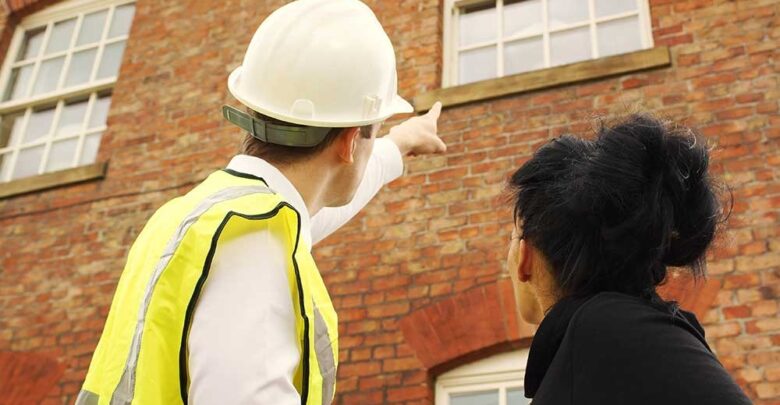What Does a Building Survey Tell Me?

If you are purchasing an older property, one which has had major refurbishment work, or one which you intend to carry out substantial work on, then acquiring a Building Survey will be an excellent option. It is more in depth than a simple valuation and will highlight many issues with the property and its prospective value. For example, it can reveal how much you could make from selling the property – what other people are paying for similar properties in your area, and also identify and correct small details such as leakages, damp and other maintenance problems. For those purchasing an older property, especially one with a lot of un-renovated features, a Building Survey can provide essential peace of mind and a good indicator of the likely value. Whilst it may not provide a crystal ball, a Building Survey can provide a valuable source of information that can be used to make an informed decision. Sam Conveyancing are a reputable Building Survey Reading based company.

A Building Survey allows you to identify issues, such as levels, basement flaws and ventilation holes and identify the likely value. It will identify major construction flaws that may impact negatively on the value. A detailed report will also identify the condition of the property at the time it was last inspected, level of wear and tear to the structure, and identify faults which have been resolved and or not resolved since the last building survey. Level of use information, such as whether it is suitable for domestic or commercial purposes, the utilities and/or facilities attached to the property, and other relevant data, will also be noted.

It can identify all faults with the property that are currently known or can reasonably be expected to be found. This may include drainage holes, missing floor plates, exposed ceiling joists, missing roof sections. As mentioned, a detailed building survey will identify these defects. It will also identify any issues that were not detected at the current inspection. It is important to note that it does not confirm the presence of defects at a later date.
The main aim of a building survey is to allow the property owner to make the necessary decisions regarding repairs and maintenance. For example, if a level three roof leak is not found, you will need to find the source of the leak and repair it to a higher standard. Whilst you may not think a level three roof leak is significant, it is obvious to an experienced surveyor that it is. You cannot possibly repair a leak that has not been found, no matter how much money you are being asked to spend on repairs and maintenance. If you make the correct decisions regarding repairs and maintenance at an early stage, you can save yourself a lot of money on future maintenance costs.
In addition to identifying structural problems, a building survey will advise within the contents of the report on many different subjects.
